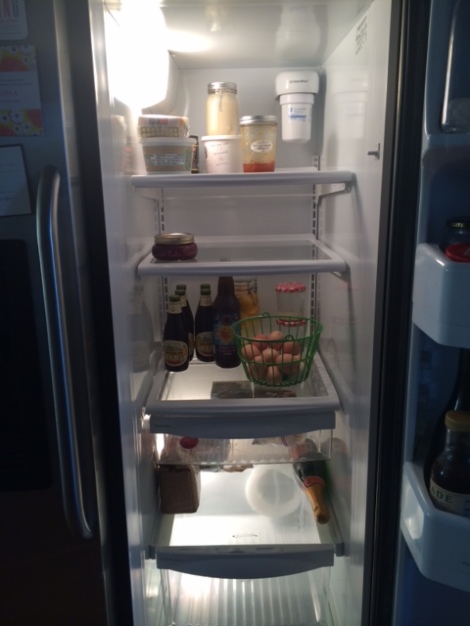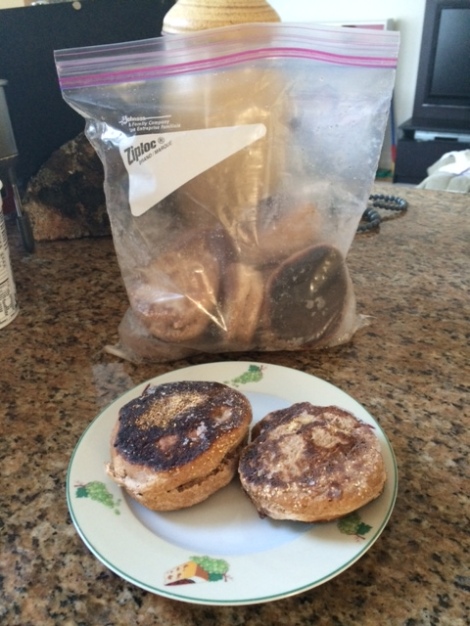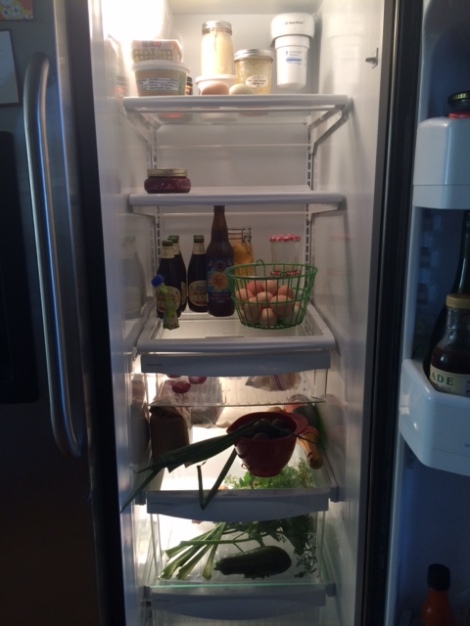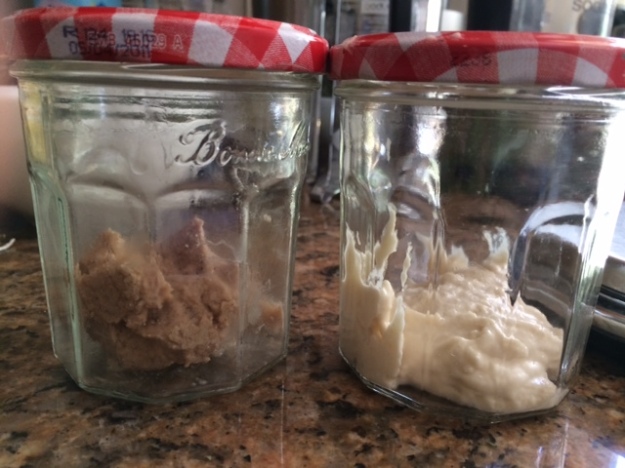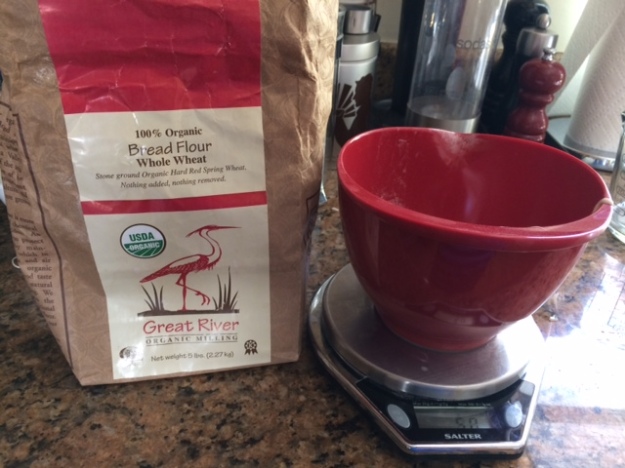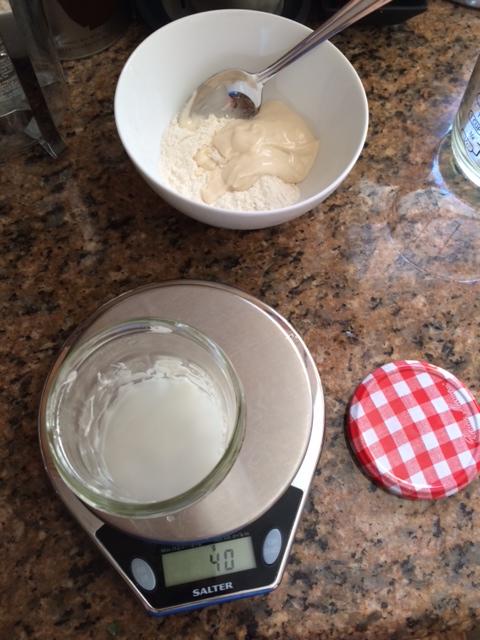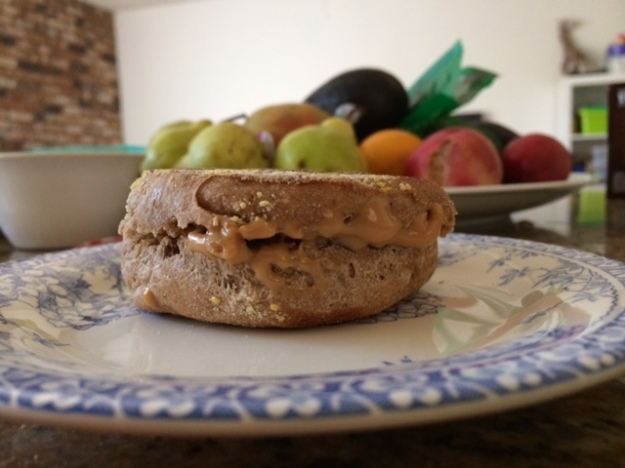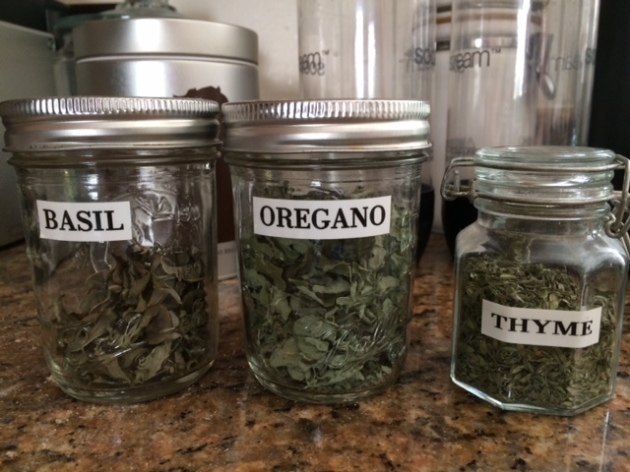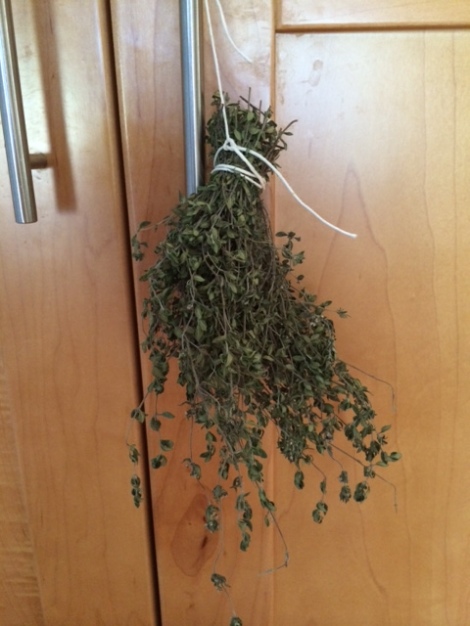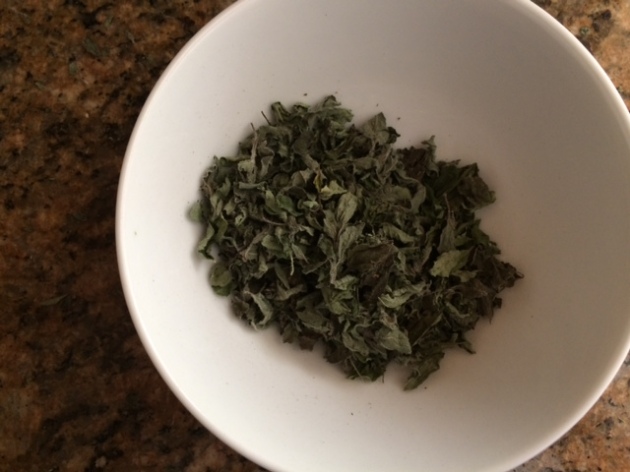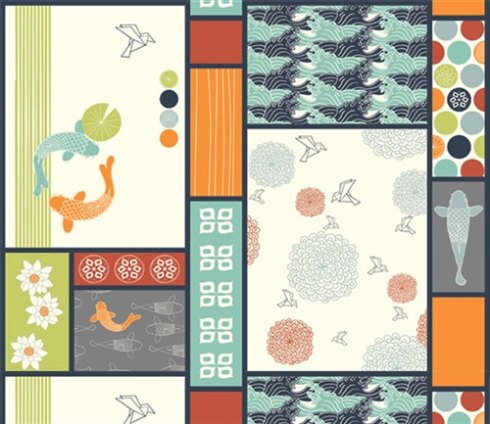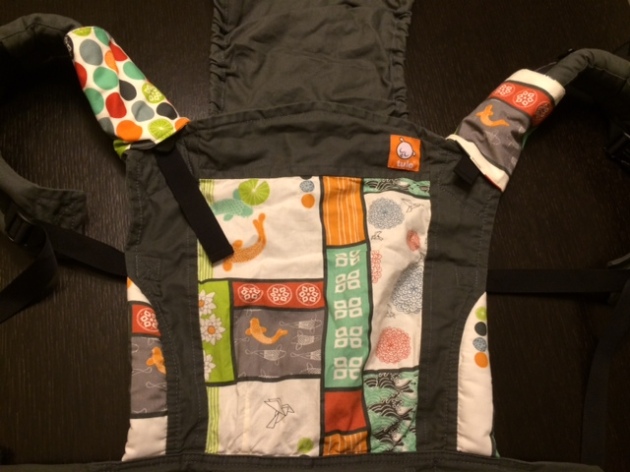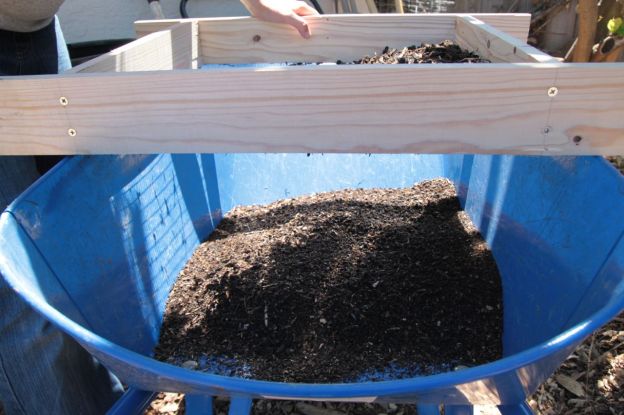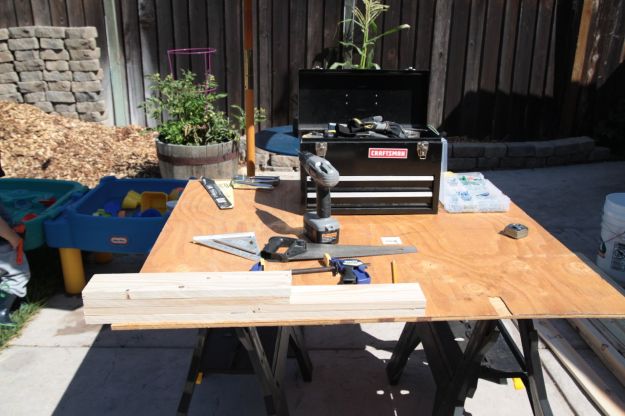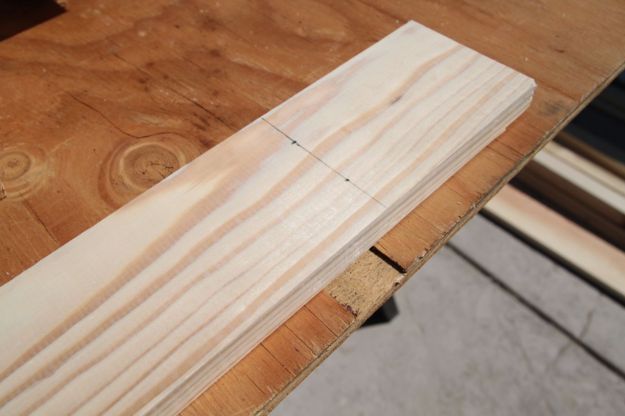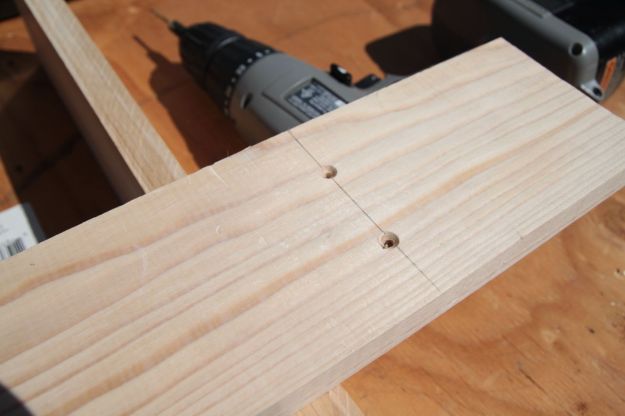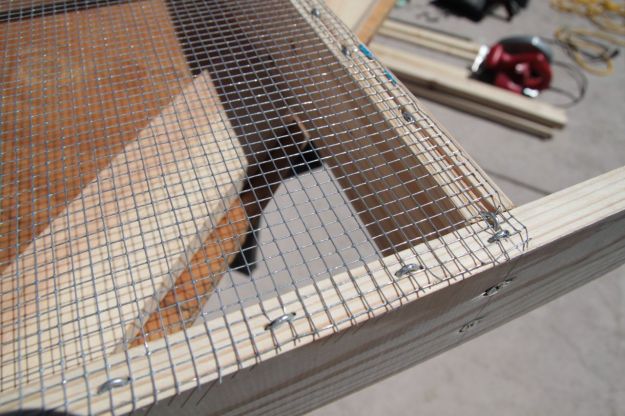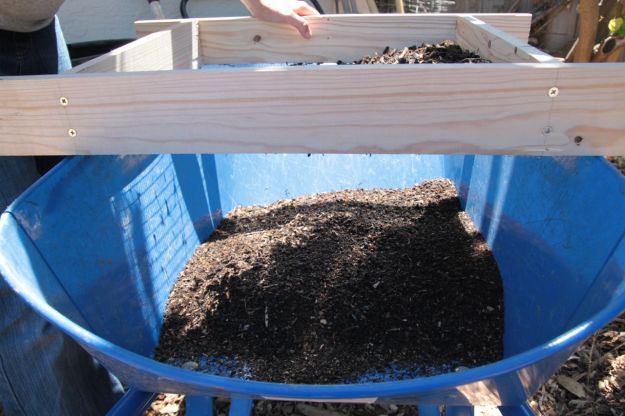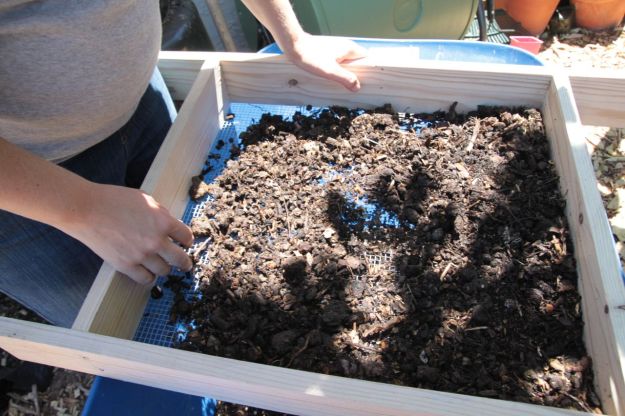
I’m still here and still creating. Though my time and desire to blog has lessened significantly with my two kidlets who keep me busy, I’m still doing many of the things that inspired me to start a blog originally. Today I baked 4 loaves of bread, made beef bone broth, soup, and wove in the loose yarn from this shawl I finished knitting last night (Red Freckles from Designs by Romi for anyone wondering).
I find myself spending less time sewing than I used to and more time knitting. It’s funny. My patience for knitting was non-existant when I learned as a child. I would get angry and throw my knitting needles down in frustration, declaring that I would never knit again! Since taking it up again as an adult, though, it feels as though knitting has taught me patience. What used to make me throw down my needles and stomp out of the room has become a fixable problem. Will fixing it take more time? Sure. Did I just frog 3 nights worth of work? That has definitely happened. But let’s be real here. I don’t knit to get a finished product out quickly. The shawl posted above I started in June. Knitting has become much more about enjoying the craft, making something beautiful when the rest of my day is messy and sometimes very frustrating, and allowing myself to sit down and rest at the end of the day. It’s perfect for the stage of life I’m in right now.

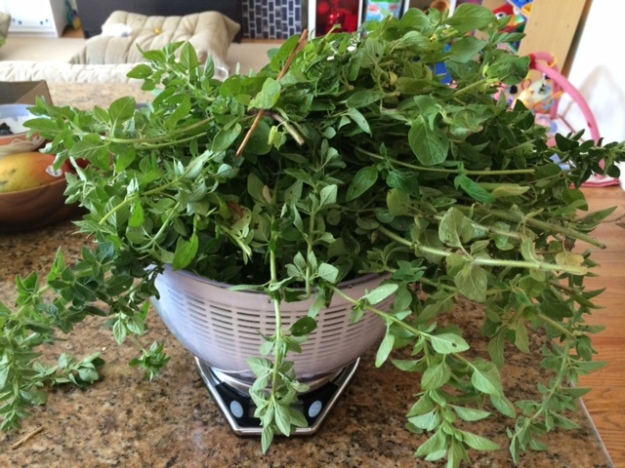
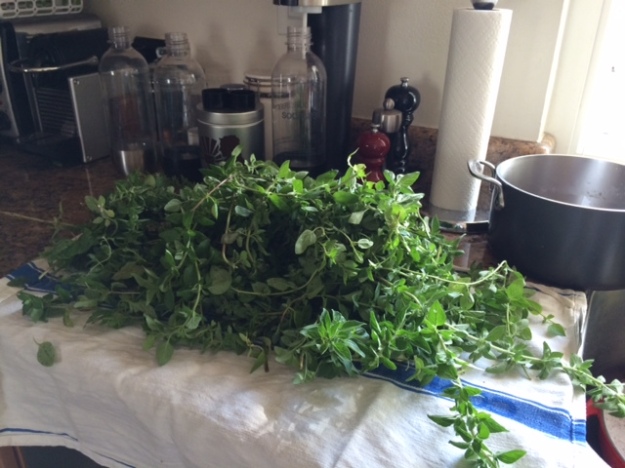
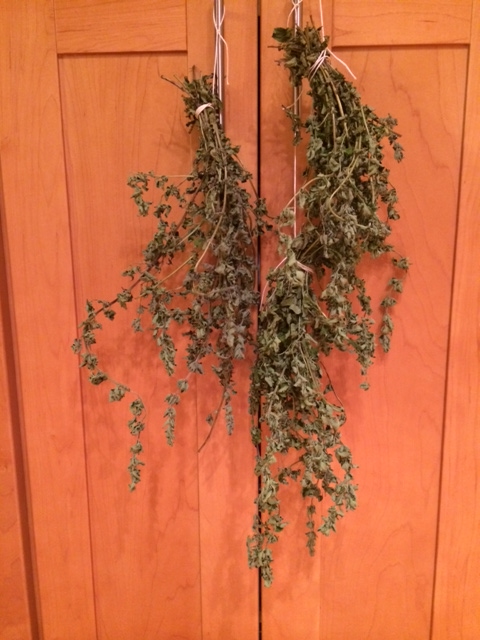
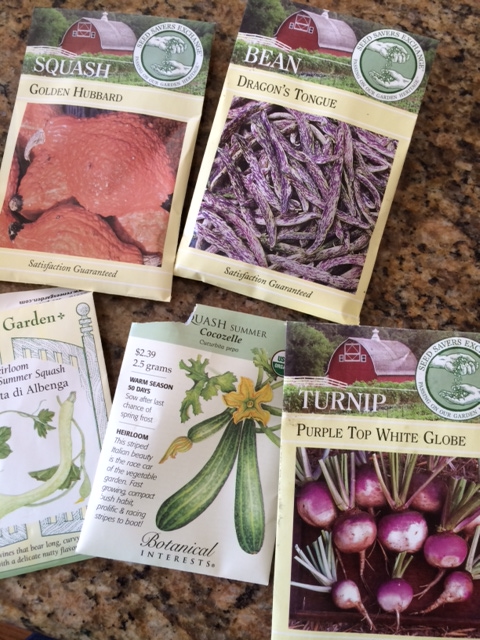
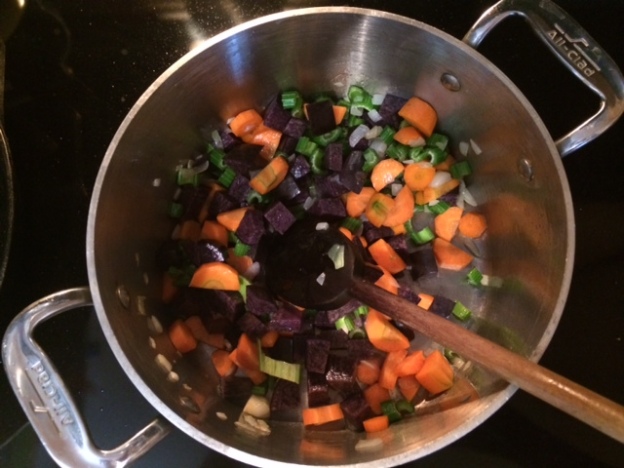
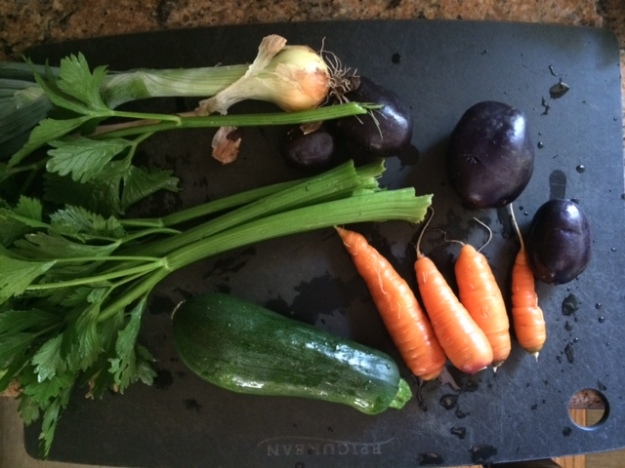
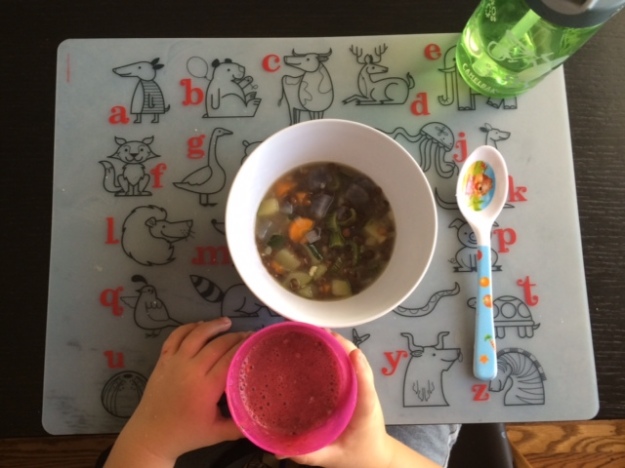

 We also had a chance to visit the
We also had a chance to visit the 
